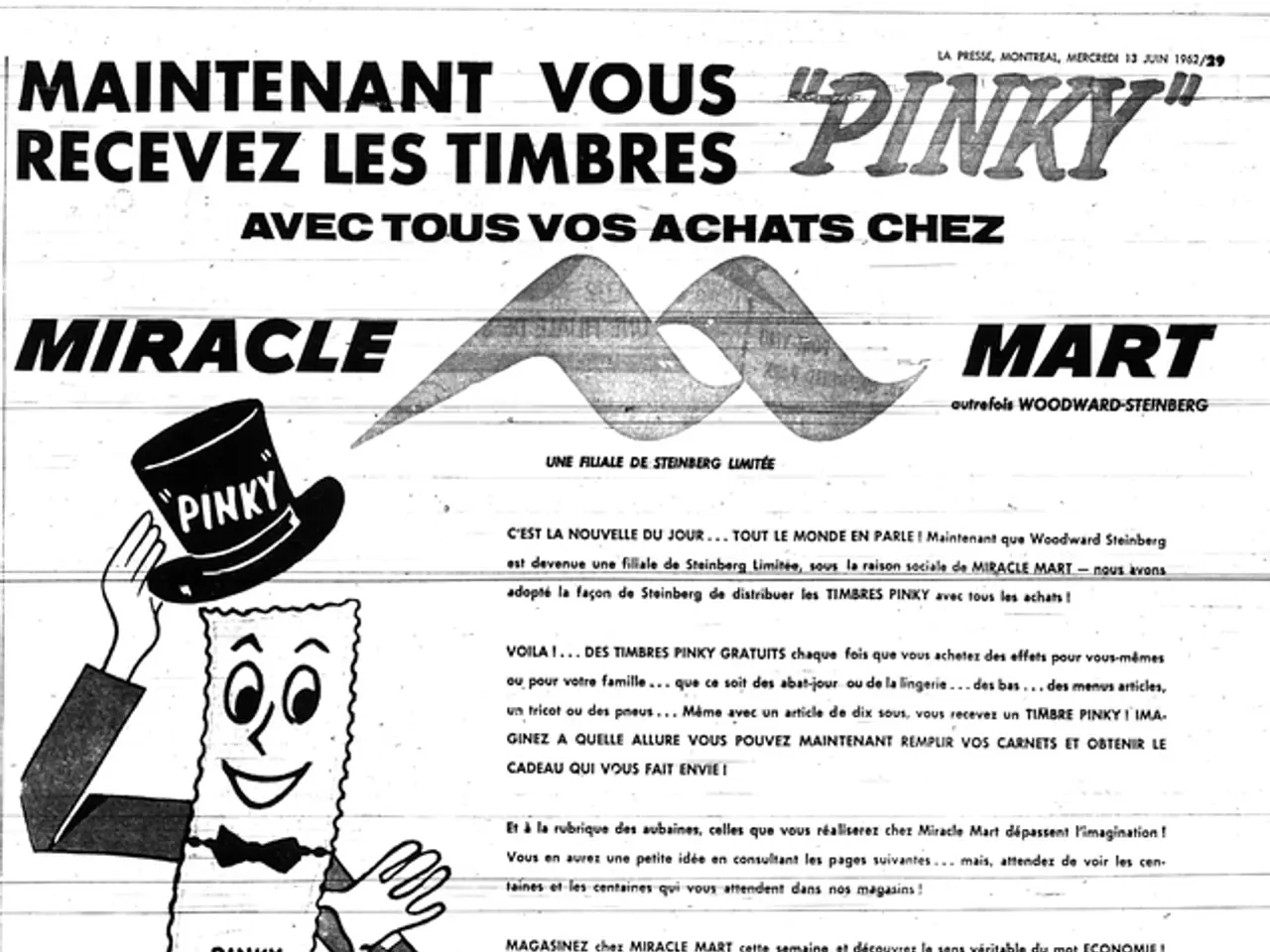Guide on Crafting a Creative Brief: Sample and Template Provided
In the world of marketing and advertising, a well-crafted creative brief is an essential tool for success. This short, yet powerful document serves as a blueprint for a project, guiding graphic designers, writers, videographers, and other members of a creative team towards a common goal.
A creative brief is typically created by marketers and creative professionals to ensure that their teams are aligned with business objectives. It is a document that can be crafted in various forms, from a Word document to a PowerPoint presentation or a PDF.
The process of writing a creative brief starts with understanding the client's requirements. This involves conducting market research, setting the goals for the creative brief, defining the project scope and deliverables, and creating a budget for the creative brief.
The creative brief should be short and to the point, with supporting documents for the details. It is usually written after a client explains their expectations and answers a list of questions compiled by the creative team.
Common elements included in a creative brief for marketing and advertising projects are:
- Project Overview and Background: Explains why the project is needed, gaps it fills, and problems to solve.
- Target Audience Definition: A detailed description of the ideal customer including demographics and buyer personas.
- Key Messages and Unique Selling Proposition (USP): Core ideas and the main promise or benefit to communicate.
- Brand Guidelines and Tone of Voice: Specifies how the brand should be represented and the style of communication.
- Deliverables and Technical Specifications: What outputs are expected and any format or technical requirements.
- Objectives: What the campaign or project aims to achieve.
- Metrics and Success Criteria: How performance and success will be measured.
- Competitor Analysis: Understanding the main competitors and market positioning.
- Campaign Channels: The platforms and media where the marketing will appear.
- Budget and Timeline: Resources allocated and schedule of deliverables.
- Stakeholders: Key people involved in the project.
- Additional Inspiration or References: Links or examples to guide creative direction.
These components serve as a roadmap that aligns creative teams with business goals, ensuring a clear, focused, and strategic approach to the campaign.
For instance, the Happiness Factory campaign for Coke, with the tagline, "the Coke Side of Life", was created by the ad agency Wieden & Kennedy in 2005. The challenge for the creative team was to remind people what makes Coke special, and the brand idea delivered was that Coke is the genuine taste of happiness. The tone of the campaign was honest, intimate, and personal, being friendly, joyful, and uplifting.
In today's digital age, project management software can greatly aid in planning, scheduling, and tracking creative projects. Our website offers a range of project planning tools such as Gantt charts, kanban boards, task lists, and project calendars. Additionally, it provides real-time dashboards, project reports, and timesheets for tracking labor costs.
In conclusion, creative briefs are essential for managing marketing and advertising projects as they help ensure that deliverables meet the client's expectations and business needs. They provide a clear direction for the creative team, ensuring that the final product aligns with the brand's vision and the project's objectives.
In the realm of online project management, project management software can be beneficial for education-and-self-development and lifestyle, facilitating planning, scheduling, and tracking of projects, including marketing and advertising campaigns. These software often offer tools like Gantt charts, kanban boards, and project dashboards, providing a visual overview of the project's progress. For project planning, they also offer task lists and project calendars, while real-time project reports and timesheets can help keep track of labor costs. These technology-driven tools are essential in the world of project management, aligning the project with business objectives and ensuring project success.




